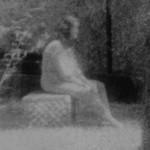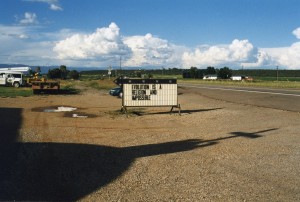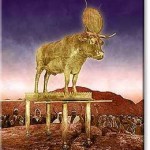 Cross-posted over at the Corner
Cross-posted over at the Corner
The English enjoy their ghosts. Via the Independent here’s the distinguished writer and historian Peter Ackroyd with some highly entertaining background. This extract gives a taste:
The quintessential English ghost story is alarming but also oddly consoling. It is inexplicable and yet perfectly credible. Some comfort, some confirmation of an alternative world, may be derived from the presence of ghosts. The English temperament, in its older manifestations, seemed to waver between the phlegmatic and the melancholy. In the English ghost story itself, a matter-of-factness is combined with an intense longing for revelation or for spirituality of the most basic kind. That interest has been maintained in the 21st century by the popularity of many television programmes devoted to the subject of haunting and ghost-hunting. It may be said that more people believe in ghosts today than at any other time in England’s history..
…In Yorkshire and in the north Midlands, spirits were also known as “hobs” or “hobbits”. They were popularly supposed to haunt caves, bridges and round barrows; but they were, in particular, associated with specific places. Thus there were the Lealholm Hob and the Scugdale Hob. There was a Hob Lane and a Hob Bridge at Gatley in Lancashire. Several Hob Lanes can still be found in Warwickshire. In the north of England, the ghosts were often known as “boggarts”. This is derived from bwg, the Celtic word for ghost, and can be heard in better-known words such as “bugbear” and “bogeyman”. It is also behind the Cornish hobgoblin Bucca and Shakespeare’s Puck.
They had a habit of pinching or biting those whom they haunted, and were renowned for their custom of crawling into the beds of their victims. Sometimes, they shook the hangings of the beds, or rustled among discarded clothes. More seriously, they would snatch up sleeping infants and deposit them on the stones outside.
There are other names for apparitions, including “shellycoats” and “scrags”, “fetches” and “mum-pokers”, “spoorns” and “melch-dicks”, “larrs”, “ouphs” and “old-shocks”. There are “swathes” and “scar-bugs”, “bolls” and “gringes”, “nickies” and “freits”, “chittifaces” and “clabbernappers”. In fact, there are more than 200 ways of describing the ghosts of England, a testament if nothing else to their ubiquity and their variety. There is also another expression. When a young woman in Shropshire screamed out “There’s the know of a dog”, she meant that she had seen the shape of a dog when no living dog was there. The “know” of anything is its spectral appearance.
Those who like such topics (as I do) should read the whole thing—while keeping a careful eye out for that suggestion of a shape, that hint of blur, that I-think-I-saw-something that cannot quite be explained—as they do so. Well, you never know






